
What is a Multi-Model Database? Pros and Cons?
Last updated: December 01, 2022 Read in fullscreen view
- 01 May 2023
 Understanding Business as Usual (BAU) and How to Transition 24/845
Understanding Business as Usual (BAU) and How to Transition 24/845 - 05 Jul 2020
 What is Sustaining Software Engineering? 15/1195
What is Sustaining Software Engineering? 15/1195 - 28 Jul 2025
 Data Modernization for SMBs: Small Steps, Big Impact 10/120
Data Modernization for SMBs: Small Steps, Big Impact 10/120 - 01 Mar 2023
 What is Unit Testing? Pros and cons of Unit Testing? 8/361
What is Unit Testing? Pros and cons of Unit Testing? 8/361 - 01 Sep 2022
 Facts Chart: Why Do Software Projects Fail? 7/544
Facts Chart: Why Do Software Projects Fail? 7/544 - 30 Jan 2022
 What Does a Sustaining Engineer Do? 7/556
What Does a Sustaining Engineer Do? 7/556 - 08 Nov 2022
 4 tips for meeting tough deadlines when outsourcing projects to software vendor 6/254
4 tips for meeting tough deadlines when outsourcing projects to software vendor 6/254 - 06 Mar 2021
 4 things you need to do before getting an accurate quote for your software development 5/616
4 things you need to do before getting an accurate quote for your software development 5/616 - 16 Apr 2021
 Insightful Business Technology Consulting at TIGO 4/377
Insightful Business Technology Consulting at TIGO 4/377 - 31 Dec 2021
 What is a Data Pipeline? 4/187
What is a Data Pipeline? 4/187 - 09 Mar 2022
 Consultant Implementation Pricing 3/185
Consultant Implementation Pricing 3/185 - 16 Feb 2021
 Choose Outsourcing for Your Non Disclosure Agreement (NDA) 3/150
Choose Outsourcing for Your Non Disclosure Agreement (NDA) 3/150 - 22 Sep 2022
 Why is it important to have a “single point of contact (SPoC)” on an IT project? 3/844
Why is it important to have a “single point of contact (SPoC)” on an IT project? 3/844 - 10 Apr 2021
 RFP vs POC: Why the proof of concept is replacing the request for proposal 3/257
RFP vs POC: Why the proof of concept is replacing the request for proposal 3/257 - 03 May 2024
 The Iceberg of Ignorance 3/341
The Iceberg of Ignorance 3/341 - 17 Mar 2025
 Integrating Salesforce with Yardi: A Guide to Achieving Success in Real Estate Business 2/141
Integrating Salesforce with Yardi: A Guide to Achieving Success in Real Estate Business 2/141 - 08 Aug 2022
 Difference between Power BI and Datazen 2/297
Difference between Power BI and Datazen 2/297 - 07 Jul 2021
 The 5 Levels of IT Help Desk Support 2/380
The 5 Levels of IT Help Desk Support 2/380 - 30 Oct 2022
 How Much Does MVP Development Cost in 2023? 1/172
How Much Does MVP Development Cost in 2023? 1/172 - 25 Apr 2021
 What is outstaffing? 1/229
What is outstaffing? 1/229 - 13 Nov 2021
 What Is Bleeding Edge Technology? Are bleeding edge technologies cheaper? 1/455
What Is Bleeding Edge Technology? Are bleeding edge technologies cheaper? 1/455 - 07 Aug 2022
 Things to Consider When Choosing a Technology Partner 1/254
Things to Consider When Choosing a Technology Partner 1/254 - 07 Oct 2022
 Digital Transformation: Become a Technology Powerhouse 1/217
Digital Transformation: Become a Technology Powerhouse 1/217 - 10 Jul 2025
 Building AI-Driven Knowledge Graphs from Unstructured Data 1/117
Building AI-Driven Knowledge Graphs from Unstructured Data 1/117 - 01 May 2023
 CTO Interview Questions 1/299
CTO Interview Questions 1/299 - 09 Feb 2023
 The Challenge of Fixed-Bid Software Projects 1/191
The Challenge of Fixed-Bid Software Projects 1/191 - 20 Nov 2022
 Software Requirements Are A Communication Problem /234
Software Requirements Are A Communication Problem /234 - 01 Mar 2023
 How do you deal with disputes and conflicts that may arise during a software consulting project? /145
How do you deal with disputes and conflicts that may arise during a software consulting project? /145 - 05 Oct 2021
 Shiny Object Syndrome: Why Your Business Isn't "Going Digital" /303
Shiny Object Syndrome: Why Your Business Isn't "Going Digital" /303 - 17 Mar 2025
 IT Consultants in Digital Transformation /62
IT Consultants in Digital Transformation /62 - 03 Nov 2022
 Top questions and answers you must know before ask for software outsourcing /265
Top questions and answers you must know before ask for software outsourcing /265 - 03 Jul 2022
 What is the difference between Project Proposal and Software Requirements Specification (SRS) in software engineering? /957
What is the difference between Project Proposal and Software Requirements Specification (SRS) in software engineering? /957 - 10 Apr 2022
 What is predictive analytics? Why it matters? /167
What is predictive analytics? Why it matters? /167 - 09 Jan 2022
 How to Bridge the Gap Between Business and IT? /165
How to Bridge the Gap Between Business and IT? /165
What Is a Multi-Model Database?
A multi-model database is a management system that combines multiple database types with a single backend. Most database management systems support only a single database model. On the other hand, multi-model databases store, query, and index data from different models.
Multi-model databases provide the modeling advantages of polyglot persistence without having to find ways to combine different models. The flexible approach allows storing data in different ways. The result is:
- Agile and flexible programming.
- Reduced data redundancy.
For example, exploring relationships between data points or building a recommendation system is much easier with graph databases. On the other hand, relational databases help define relationships between columns of data.
A vital multi-model database feature is the ability to transform data from one format to another. For example, data in JSON format quickly transforms into XML. Converting data formats provides additional agility and makes it easier to fulfill specific project requirements.
Multi-Model Database Use Case Examples
Use cases help provide an idea of how multi-model databases work. Analyzing practical examples provide better insight into how multiple models work together in one system.
Storing and Managing Multiple Data Sources
A typical IT system uses various data sources. The stored information is not always in the same format or database. Multiple formats create a complex system, making it hard to maintain and search through data.
Storing data in a multi-model database makes administration easier. Everything is in one database, which reduces the time needed to store and manage data from different sources.
Extending Model Features
Multi-model databases provide extensions between models. Features from some models help supplement the shortcomings of other models.
For example, querying data in JSON format using SQL queries is simple. There is no need to adjust the original data source. Extensibility reduces data processing time and eliminates the need for extract, transform and load (ETL) systems.
Hybrid Data Environments
A typical data environment keeps operational data separate from analytical. The data for analysis must be transformed and stored in a different place from the operational data.
The information duplicates, decreasing data quality. Likewise, the separated space creates maintenance overhead. Both databases need policy administration as well as backup management.
A multi-model database provides a hybrid approach to data storage. A unified data hub for storing transactional and extracting analytical data is simpler to maintain.
Data Centralization
Data within an organization has barriers. While restrictions must exist, this approach prevents utilizing information within a company.
Multi-model databases store data as-is without the need for transformations. Data centralization provides valuable insight into existing data, as well as the opportunity for creating new use-cases.
Searching Big Data
Hadoop is exceptional at processing large amounts of diverse data across different models. The main reason is the speed of receiving, processing, and storing various data. However, the one thing Hadoop lacks is an efficient search mechanism.
Taking advantage of the Hadoop processing power and combining it with the strength of multi-model database searches produces a robust system. The process of working with data becomes scalable and sturdy for big data tasks.
Multi-Model Database Advantages and Disadvantages
Multi-model databases come with benefits and drawbacks. The table provides the summary:
| Pros | Cons |
|---|---|
| Data consistent | Complex |
| Agile | Developing |
| ACID compliant | Lacks modeling techniques |
| Suitable for complex projects | Not suitable for simple projects |
The database model primarily works in corporate settings where a lot of data is present. Different sectors use the data for various tasks. However, an already established and specialized polyglot persistence structure will notice the lack of features in multi-model databases.







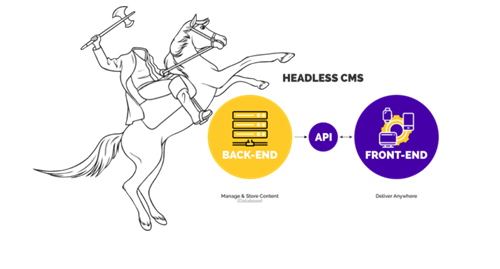

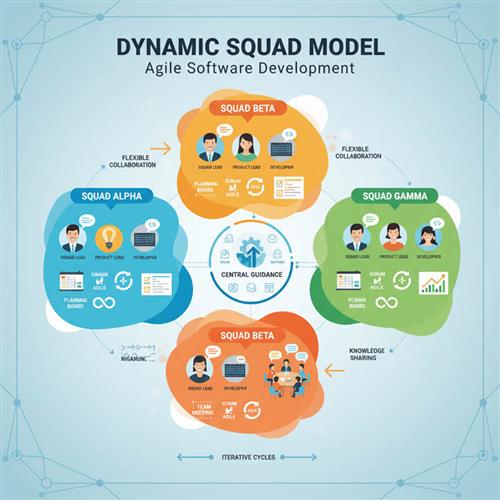
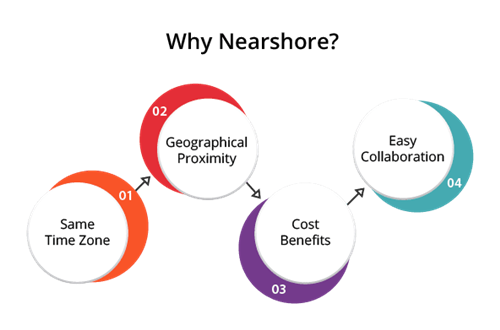

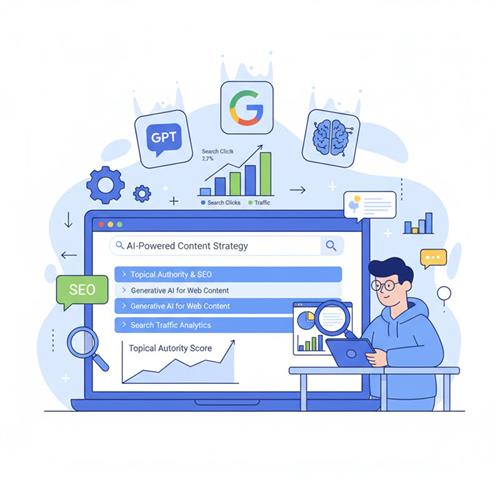


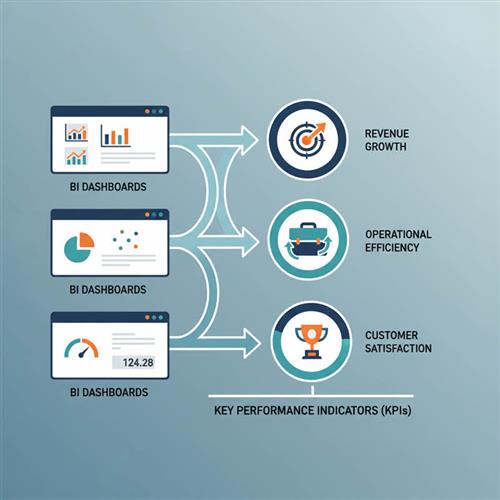


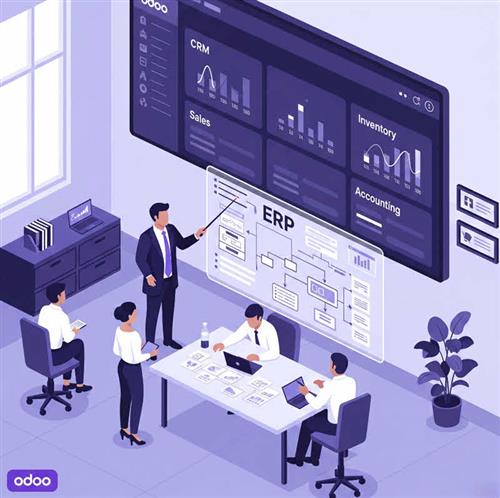
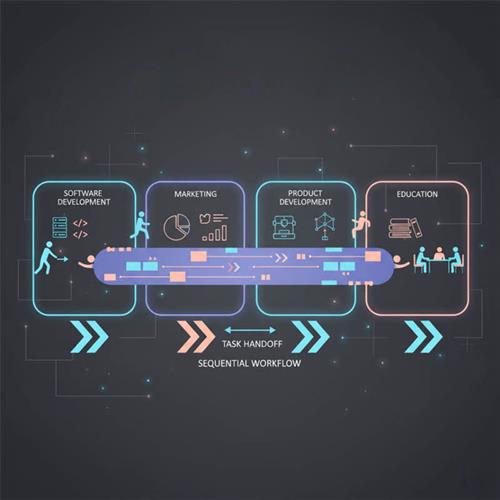




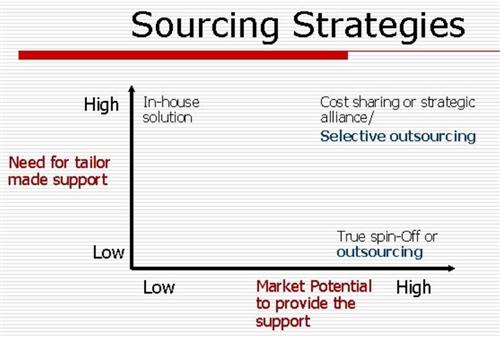










 Link copied!
Link copied!
 Recently Updated News
Recently Updated News